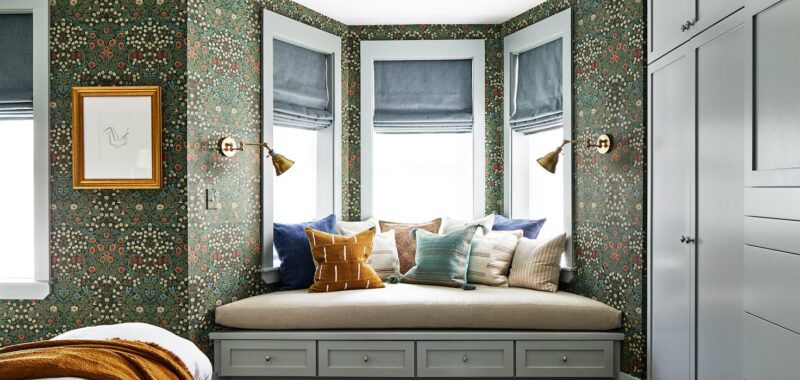Picture this: You’re curling up with a book, surrounded by throw pillows, while gazing out at the city skyline or treetops. As fantastical as it sounds, your idyllic window seat setup can easily be brought to life in your own home. There’s no need for ton of square footage or a particular style of window to carve one out—just a small space beneath it.
You can include a window seat in a floor-to-ceiling built-in bookshelf or create a window seat that stretches from one wall to the other. You can incorporate under-seat cabinets for extra storage, curtains for an intimate moment, or carved details for extra flair. And if a renovation isn’t in the cards—but you still want extra seating or a reading nook—you can forgo a custom window seat in favor of a freestanding bench that offers all of the comfort for a fraction of the cost.
For more window seat ideas, as well as the answers to your burning window seat questions, keep reading.
What types of windows work for a window seat?
Given the alcove nature of bay windows, they’re an obvious choice for a deep, inviting window seat—but know that you can build a window seat to accompany any type of window. From casement windows to awning windows to single hung windows, every kind will work. All you need is a glass portal to the outside world and the urge to craft a seating area beneath it.
How do you style a window seat?
Styling a window seat is much like styling a sofa: You want to maximize the soft textures and plush support. That means going all out with sink-right-in upholstery, window seat cushions, fluffy throw pillows, and warm blankets. “The key to a great window seat is that it should feel like a hidden escape,” says Andrew Cogar of architecture and planning firm Historical Concepts. “With the right depth and a few pillows, it could easily be one of the best places in your home.

